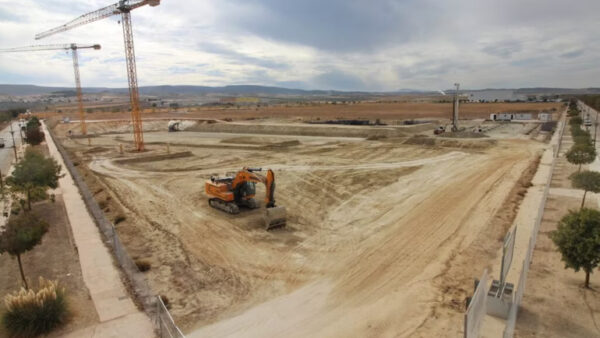An alliance between Bengaluru-based infrastructure group GMR and GEK Terna of Greece has bid €850m to finance, build and operate an international airport on the island of Crete.
Its bid appears to be the only one after the Greek government postponed the deadline several times in an attempt to lure bidders.
Greece has made several attempts since 2009 to attract investors for the airport at Heraklion, but the country’s debt crisis has put them off.
GMR, which describes itself as the largest private developer of airports in India, announced the move in a statement on its website. It said that its subsidiary, GMR Airports (GAL), had submitted the bid “for the development, operations and management of New International Airport of Heraklion”.
In return, the group would own an interest in the airport for a period of 35 years. The release says it is a condition of the bid that the operator would own at least 10% of the asset.
A GAL spokesperson, said: “The bid submission is in line with the GMR Group’s asset-light growth strategy, with value build up from this project coming to GMR more from leveraging the airport platform, leading to enhanced revenue-based services, than just equity.” Â
According to GMR, its consortium is the only one to have put in a bid for the scheme.
The company notes that some 24 million tourists visit Greece a year, and that Crete is its largest and most visited island in Greece.
Nikos Kazantzakis airport, located in the Cretan capital of Heraklion, is the second largest in Greece and has witnessed steady traffic growth in the past four years. The current airport is reaching the limit of its capacity and will be closed once its replacement is operational.
GEK Terna Group is a Greek infrastructure company with a presence in construction, public-private partnership schemes, energy, waste, mining and property. Its results for the first half of 2016 showed that profit more than doubled to €123m on turnover of €581m.
Image: An Airbus A230 takes off from Nikos Kazantzakis (Florian Wassmann/Creative Commons)
Further Reading:






